7 Smokin’ Mexican Chili Pepper Varieties That’ll Set Your Kitchen on Fire (And How to Use Them)
Table of Contents
Intro: A Fiery Love Affair with Mexican Chilies
Mexico’s culinary identity is inseparable from its love affair with chilies. Whether you're biting into a habanero-laced salsa or savoring the smoky warmth of chipotles in adobo, Mexican chilies offer an explosion of flavor, heat, and complexity that’s hard to match.
In this article, we’ll explore the most iconic Mexican chili pepper varieties—where they come from, how spicy they are, and what makes each one special. Whether you're cooking at home or running a professional kitchen, these peppers will elevate your game from mild to magnificent.
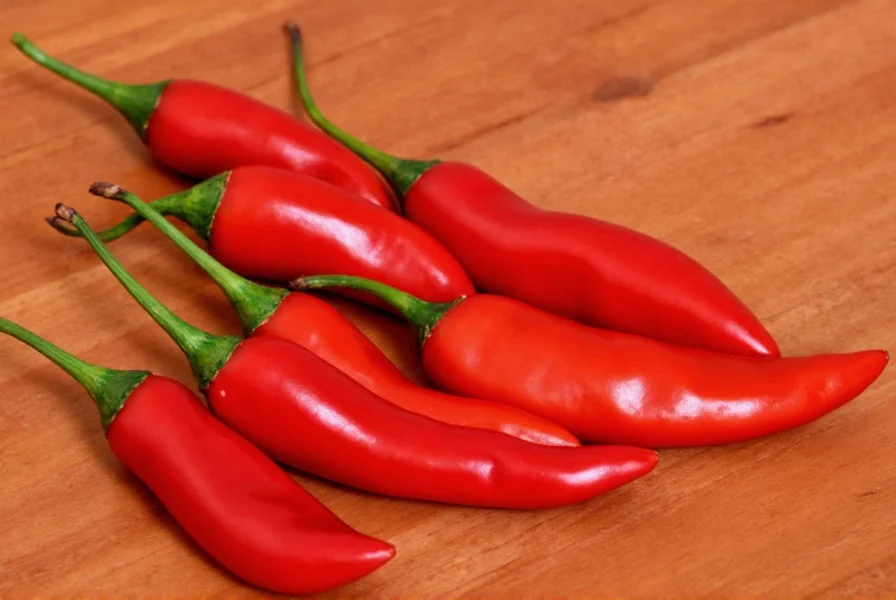
Why Mexico Is the King of Chilies
Mexico isn’t just known for having some of the best chilies in the world—it’s the birthplace of many! Archaeological evidence shows that people in central-eastern Mexico began cultivating chili peppers over 6,000 years ago.
With a diverse climate ranging from tropical coasts to high-altitude mountains, Mexico has the perfect conditions for growing a wide variety of peppers. From fresh green poblanos to dried ancho chilies aged to perfection, each region adds its own twist to these fiery flavors.
Top 7 Mexican Chili Pepper Varieties
1. Jalapeño
- Heat Level: Mild to medium (2,500–8,000 SHU)
- Flavor Profile: Crisp, grassy, slightly nutty
- Best For: Fresh salsas, pickling, stuffing, and jalapeño poppers
Jalapeños are perhaps the most internationally recognized Mexican chili. Often eaten raw or smoked and canned as chipotles, jalapeños strike a perfect balance between spice and versatility.
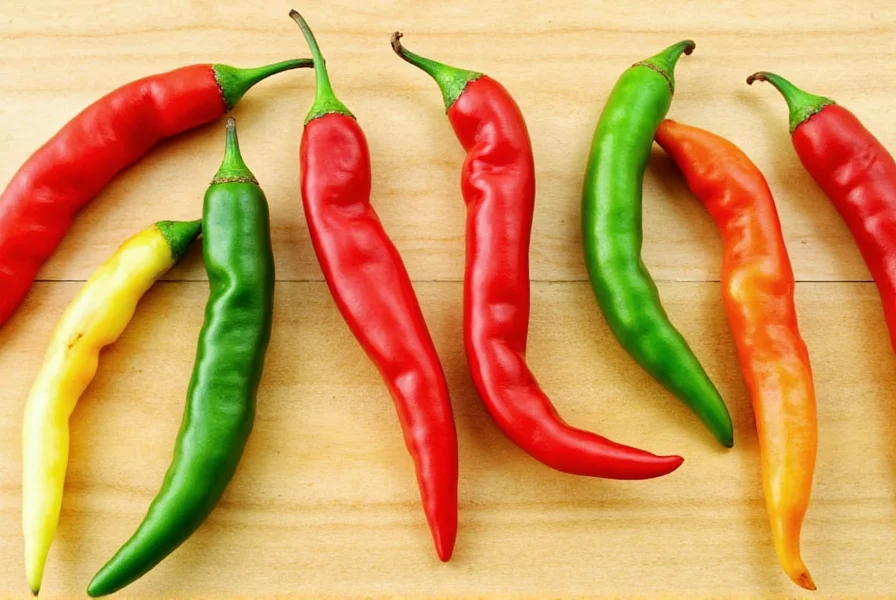
2. Poblano
- Heat Level: Mild (1,000–2,000 SHU)
- Flavor Profile: Earthy, rich, mildly bitter when fresh
- Best For: Stuffed peppers (chiles rellenos), sauces like mole poblano
The poblano becomes the famous ancho when dried. This broad-shouldered pepper is a staple in Mexican kitchens, offering a complex flavor that deepens when roasted.
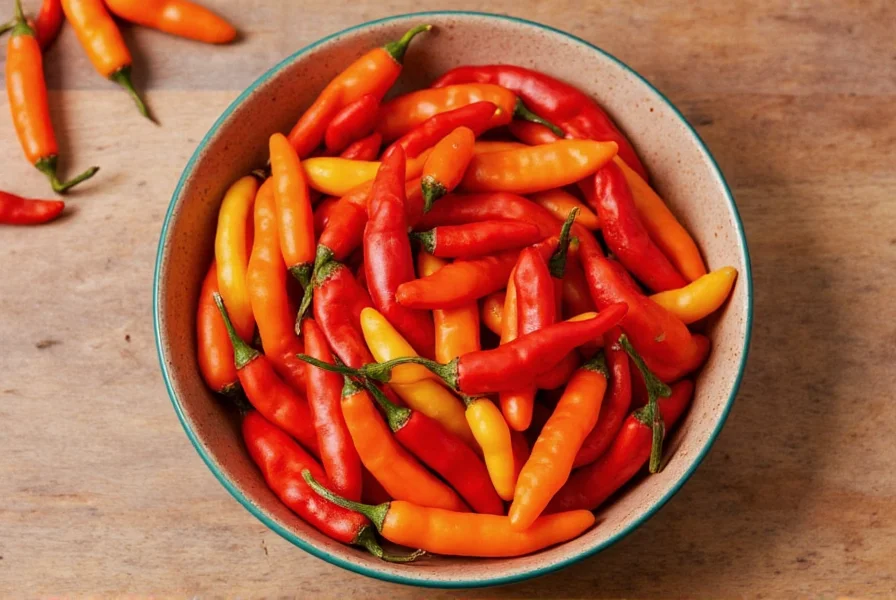
3. Habanero
- Heat Level: Very hot (100,000–350,000 SHU)
- Flavor Profile: Tropical fruit, citrus, floral notes
- Best For: Hot sauces, marinades, salsas for spice lovers
Native to the Yucatán Peninsula, the habanero is not just about heat—it's packed with fruity sweetness before the fire hits. Handle with care!
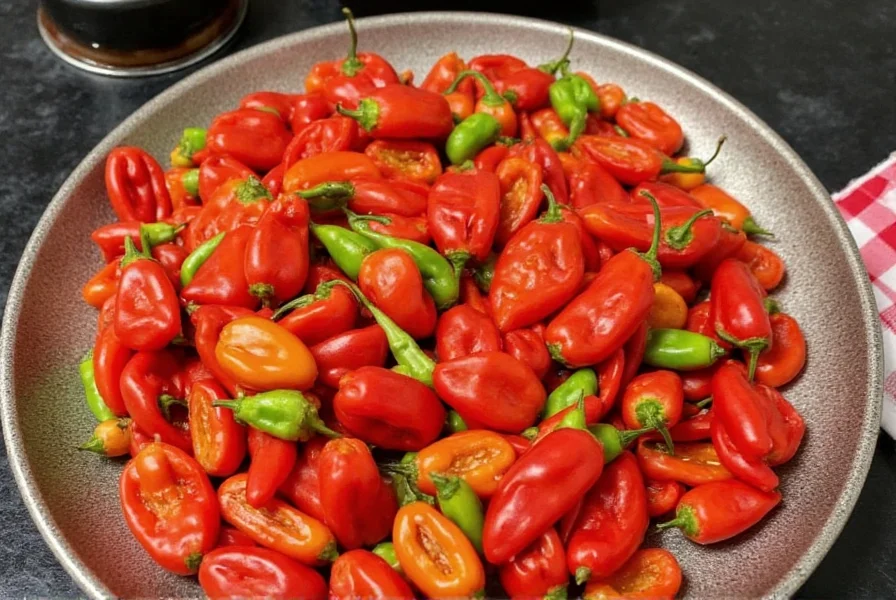
4. Chipotle
- Heat Level: Medium-hot (2,500–8,000 SHU)
- Flavor Profile: Smoky, earthy, slightly sweet
- Best For: Mole, soups, stews, and chipotle adobo sauces
Chipotles are simply smoked, dried jalapeños. Their signature smokiness comes from slow smoking over wood fires. When soaked and blended, they add depth to any dish.
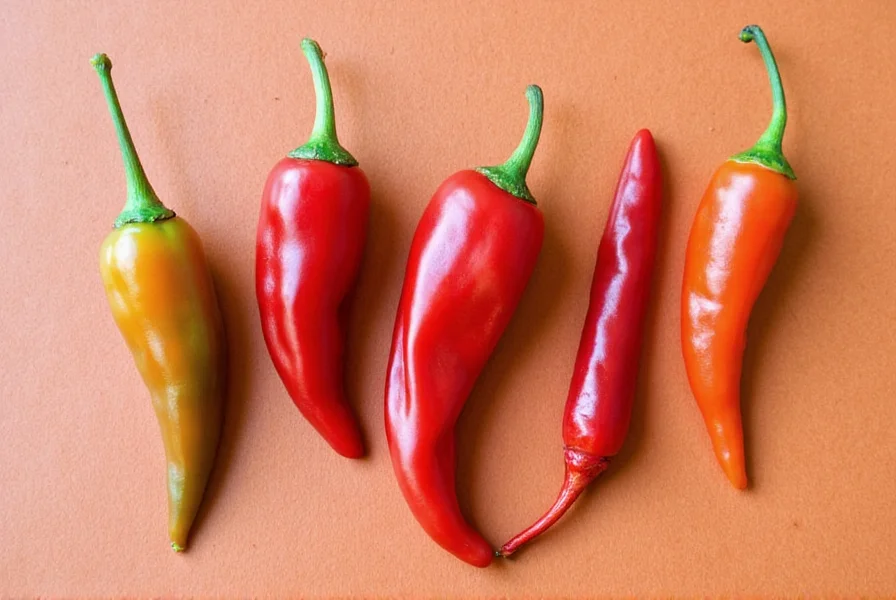
5. Serrano
- Heat Level: Medium (10,000–23,000 SHU)
- Flavor Profile: Bright, crisp, tangy
- Best For: Raw salsas, pico de gallo, hot sauces
Smaller than jalapeños but hotter, serranos are often used in salsas where texture and punch matter more than long-lasting burn. They can also be pickled or roasted.
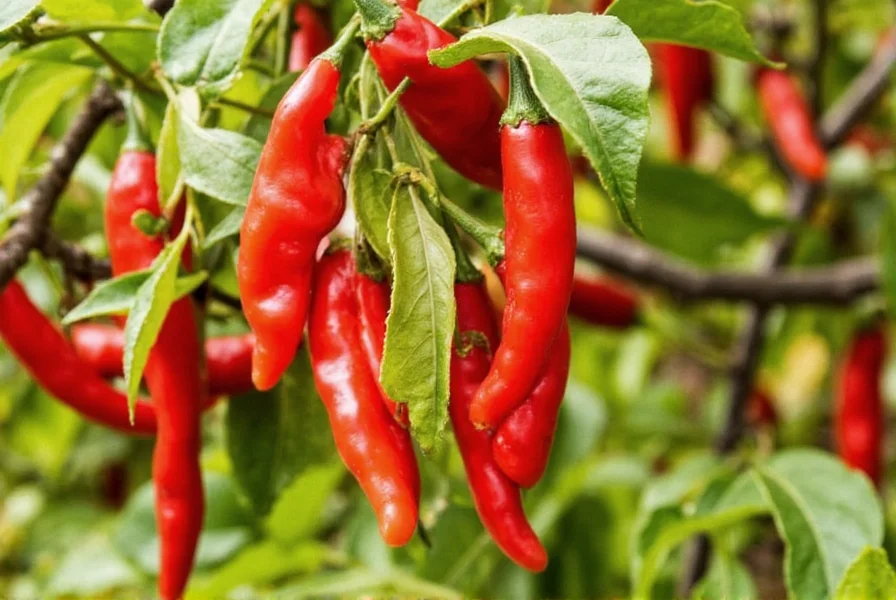
6. Guajillo
- Heat Level: Mild (2,500–5,000 SHU)
- Flavor Profile: Fruity, tea-like, berry undertones
- Best For: Moles, marinades, red sauces
Guajillos are among the most widely used dried chilies in Mexican cuisine. With a vibrant red color and smooth skin, they bring both color and subtle heat to sauces.
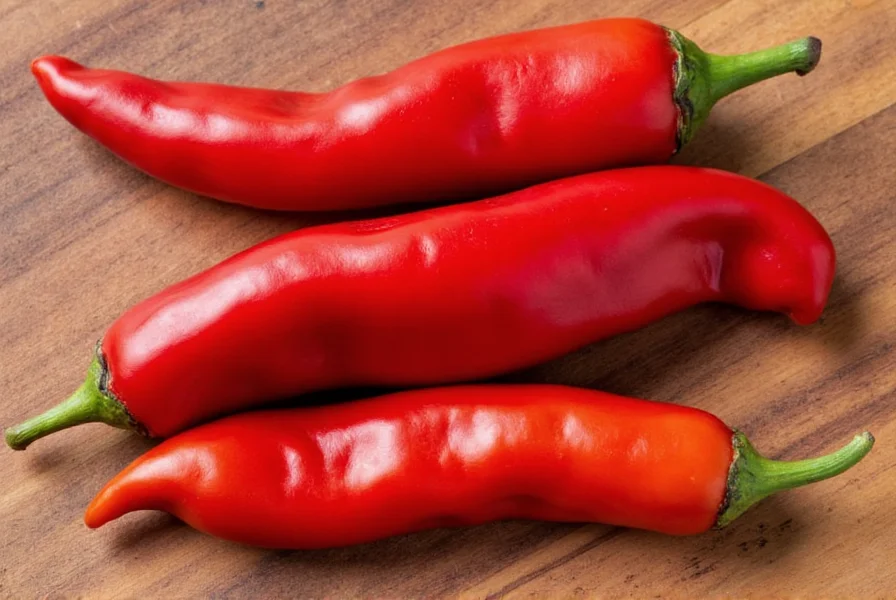
7. Ancho
- Heat Level: Mild (1,000–2,000 SHU)
- Flavor Profile: Sweet, raisin-like, deep earthiness
- Best For: Mole, braised meats, enchilada sauce
Anchos are dried poblanos and are essential in classic moles. Their wrinkled appearance belies a flavor profile that brings body and richness to sauces and stews alike.
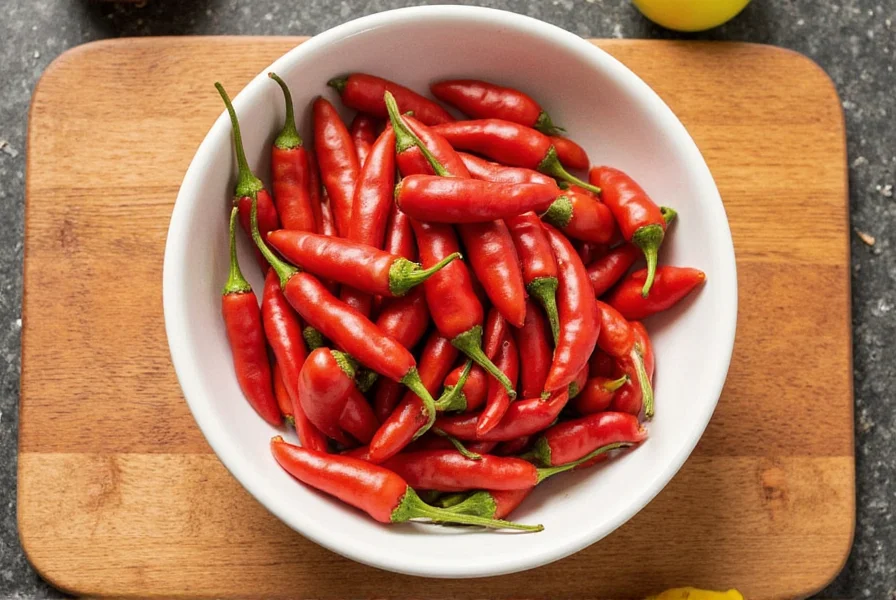
Pepper Comparison Table
| Chili Name | Heat Level (SHU) | Flavor Profile | Common Uses |
|---|---|---|---|
| Jalapeño | 2,500–8,000 | Crisp, grassy | Salsas, pickling, stuffing |
| Poblano | 1,000–2,000 | Earthy, mild | Chiles rellenos, mole |
| Habanero | 100,000–350,000 | Fruity, floral | Hot sauces, marinades |
| Chipotle | 2,500–8,000 | Smoky, earthy | Adobo, moles, stews |
| Serrano | 10,000–23,000 | Bright, tangy | Raw salsas, sauces |
| Guajillo | 2,500–5,000 | Fruity, berry notes | Red sauces, moles |
| Ancho | 1,000–2,000 | Raisin-like, deep | Molet, enchiladas |
How to Cook Like a Pro with These Chilies
Tip #1: Roast to Release Flavor
Roasting chilies over an open flame or under the broiler caramelizes their natural sugars and intensifies their flavor. Just watch them carefully so they don’t burn!
Tip #2: Soak Dried Chilies Before Using
Dried peppers like anchos, guajillos, and pasillas need to be hydrated before blending into sauces. Soak them in hot water for 20–30 minutes until soft.
Tip #3: Balance Heat with Fat or Acid
If a dish ends up too spicy, try adding a splash of lime juice or a dollop of sour cream. The acidity and fat help temper the capsaicin kick.
Tip #4: Freeze Extra Chilies for Later
Fresh peppers like jalapeños and serranos can be frozen whole and used directly from the freezer. They lose some texture but keep their flavor and heat.
Tip #5: Always Taste Test First
Not all chilies are created equal—even within the same type. Start with small amounts and taste as you go, especially with superhots like habaneros.
Buying Guide: Which Chili Should You Choose?
For Beginners: Stick to Mild and Versatile
- Best Pick: Poblano / Ancho combo
- Why: Easy to work with, great flavor without overwhelming heat
- Use Cases: Enchiladas, mild sauces, stuffed dishes
For Everyday Cooking: Reliable Standbys
- Best Picks: Jalapeño, Guajillo
- Why: Available year-round and incredibly versatile
- Use Cases: Tacos, salsas, soups
For Spice Lovers: Bring the Burn
- Best Picks: Habanero, Chipotle
- Why: High heat and unique flavor profiles
- Use Cases: Hot sauces, marinades, bold moles
For Authentic Flavor: Traditional Mexican Staples
- Best Picks: Ancho, Guajillo, Pasilla
- Why: Essential in authentic Mexican sauces and dishes
- Use Cases: Classic moles, regional dishes, traditional recipes
Final Thoughts: Light Up Your Kitchen with Mexican Heat
Mexican chili pepper varieties offer more than just heat—they bring culture, tradition, and incredible depth of flavor to every dish. Whether you’re grilling, stewing, roasting, or blending, there’s a chili out there for every occasion and palate.
So next time you reach for that jar of jalapeños or bag of dried anchos, remember: you’re holding a piece of Mexican history, crafted by nature and perfected by generations of cooks who knew how to make food sing with fire.
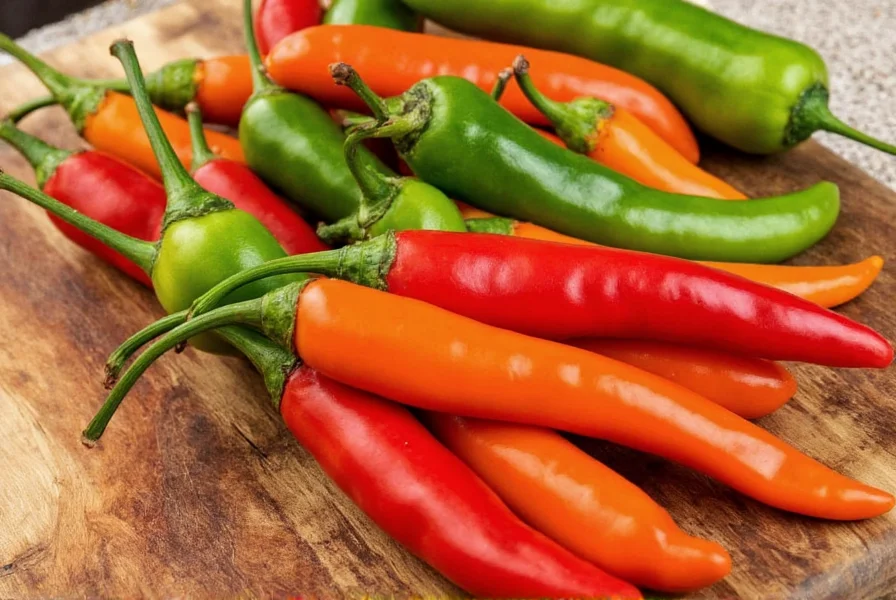
Stay spicy, stay curious, and never underestimate the power of a well-placed chili!

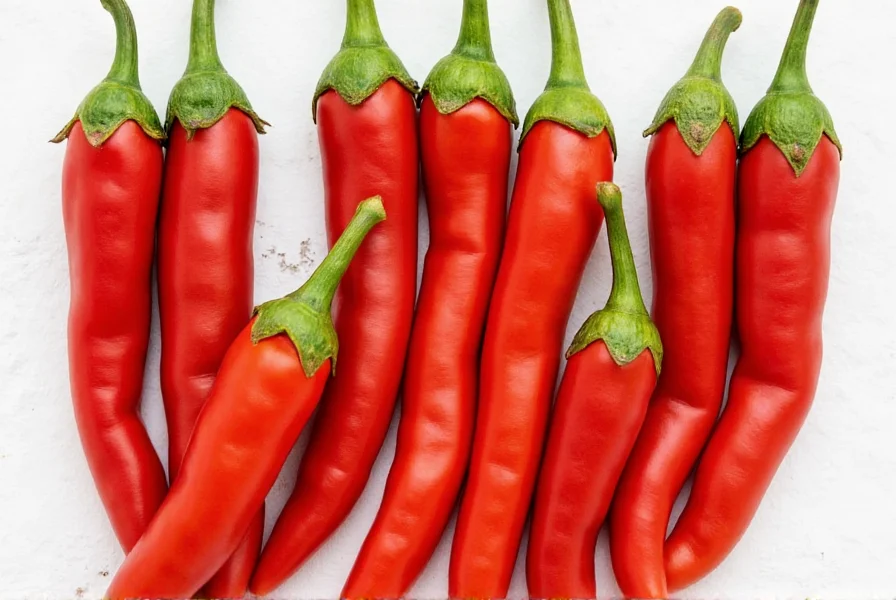









 浙公网安备
33010002000092号
浙公网安备
33010002000092号 浙B2-20120091-4
浙B2-20120091-4